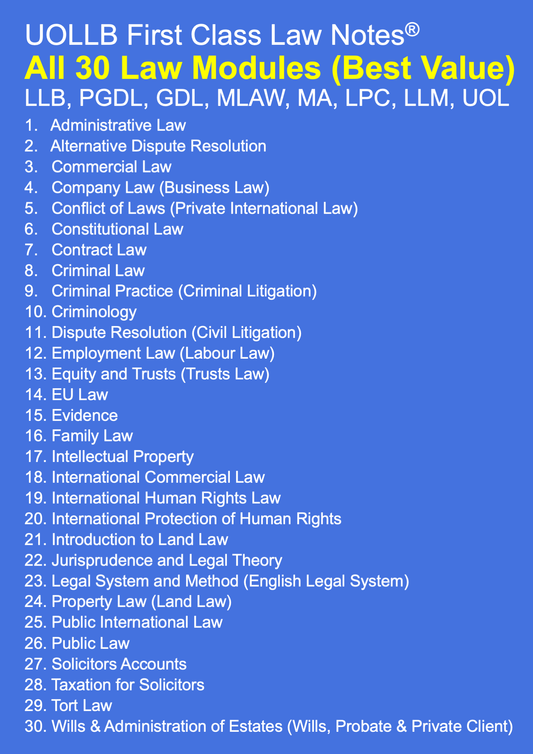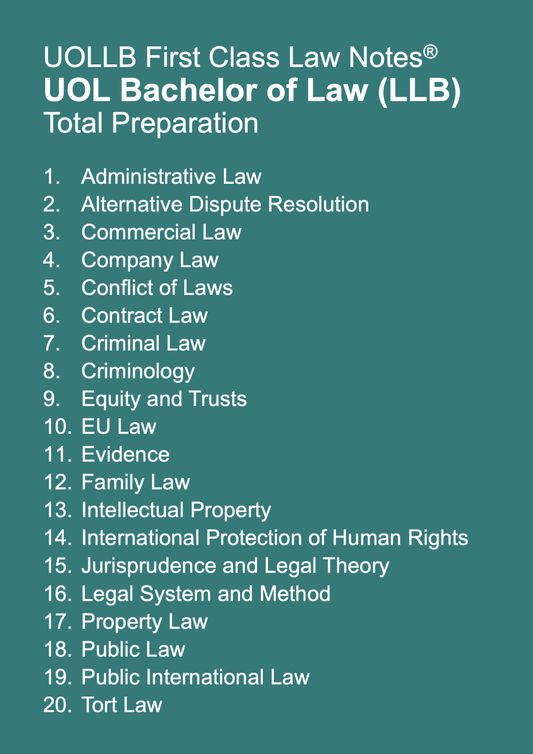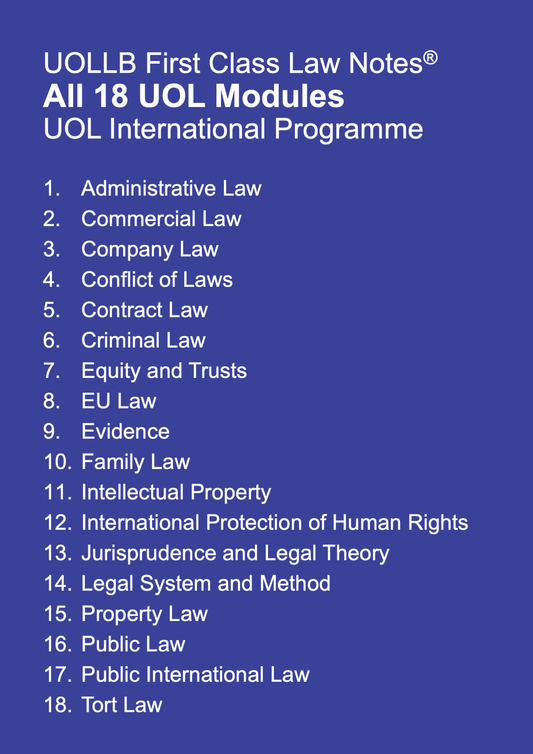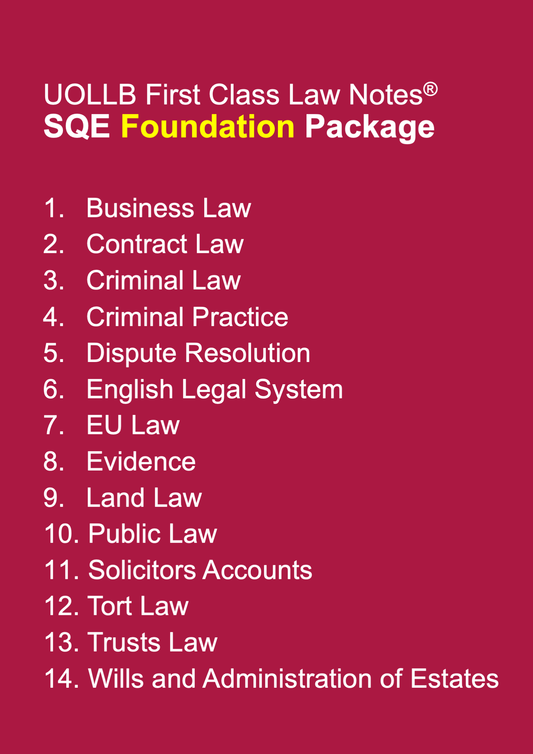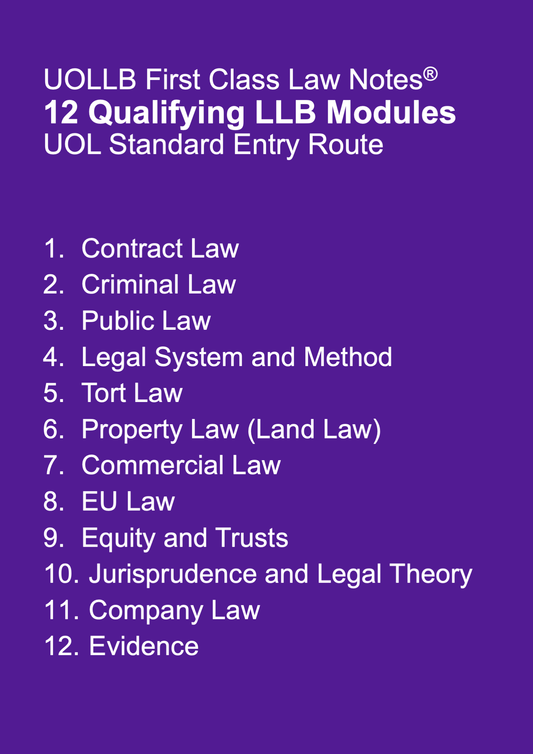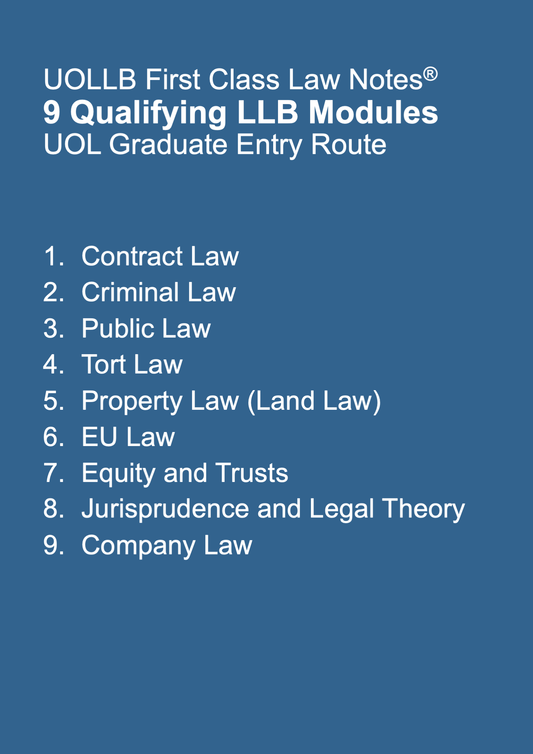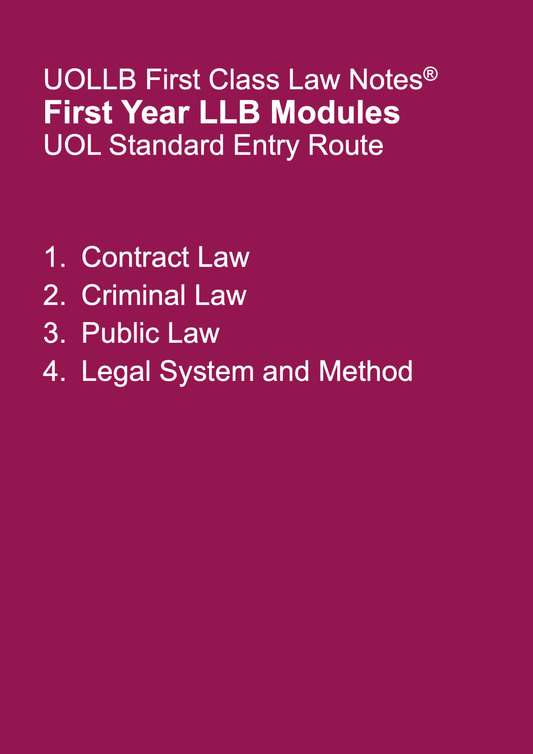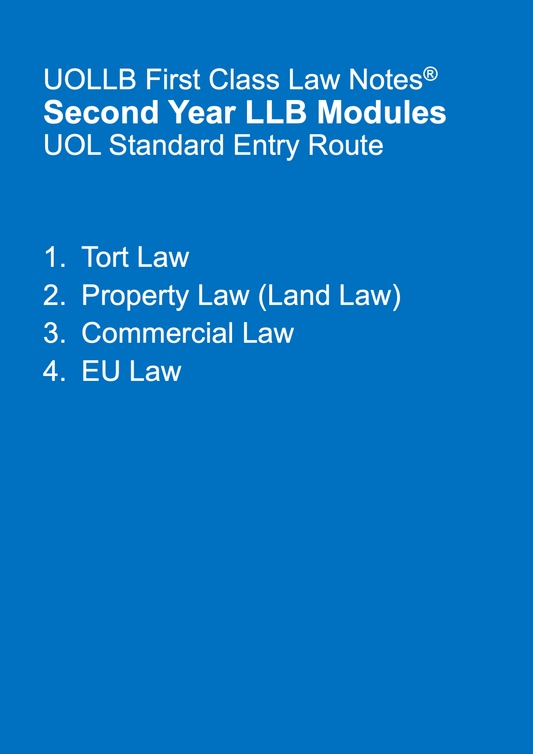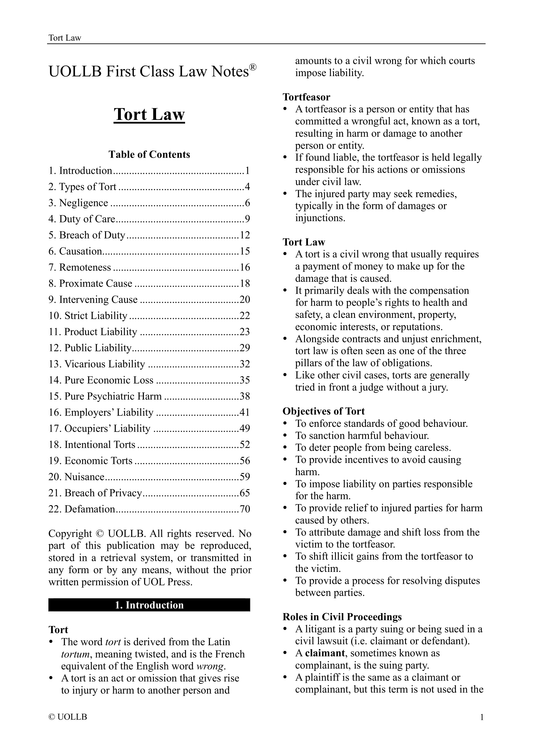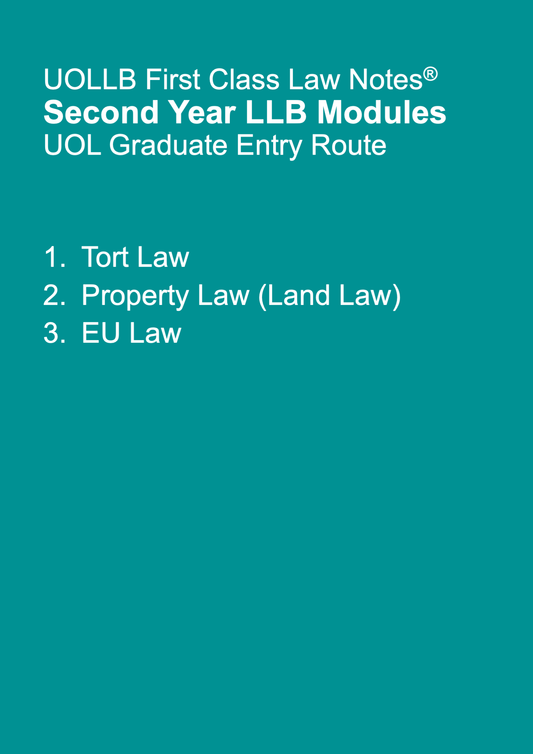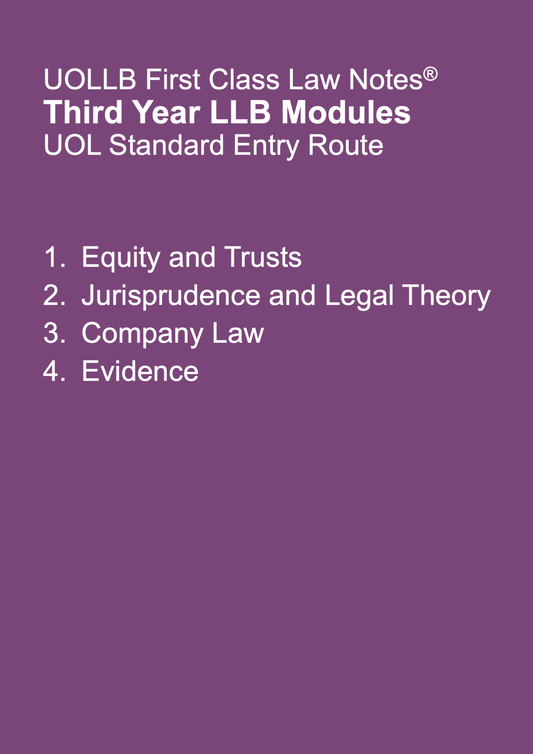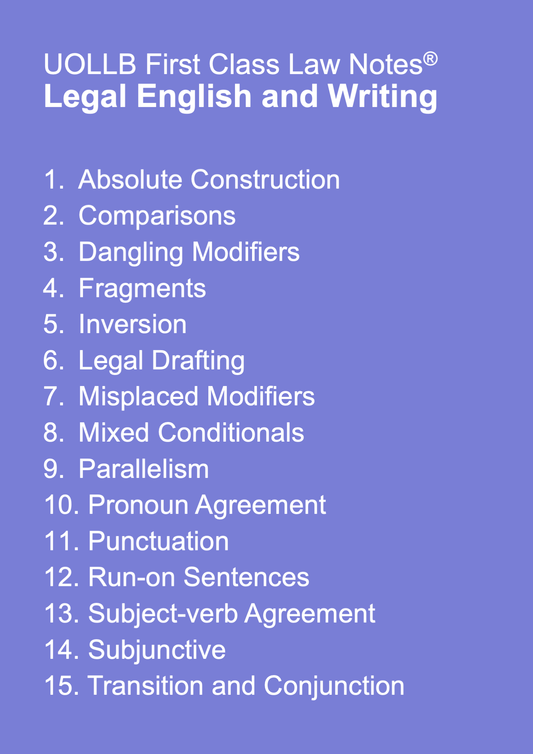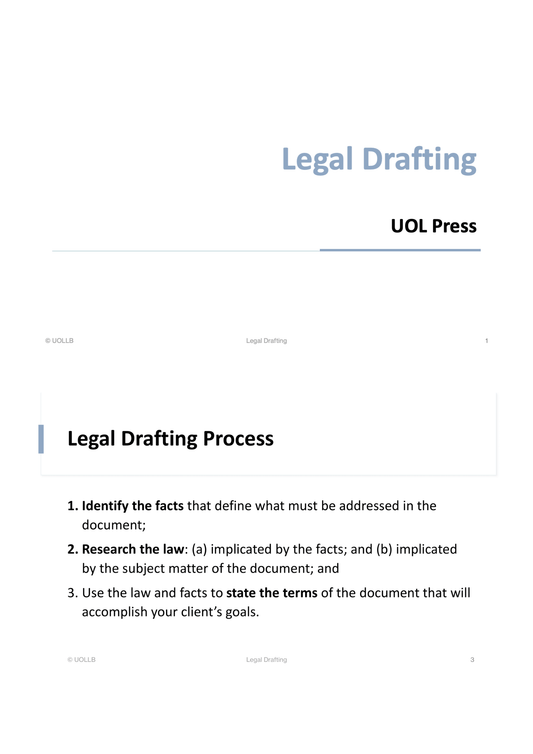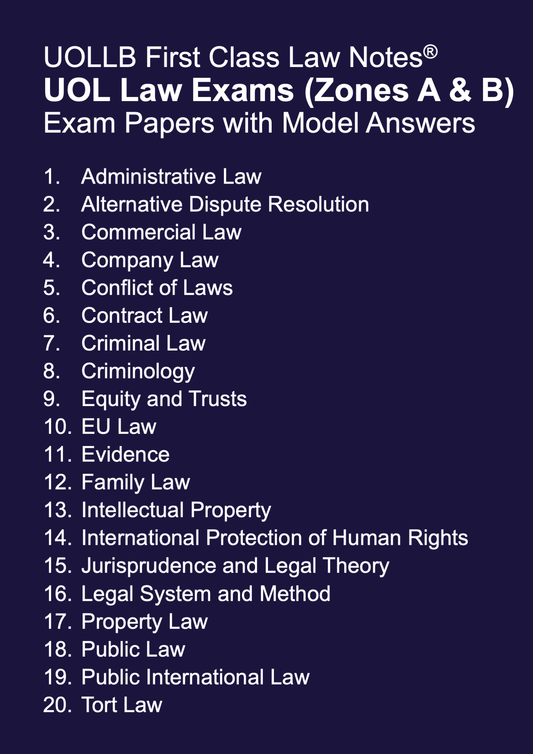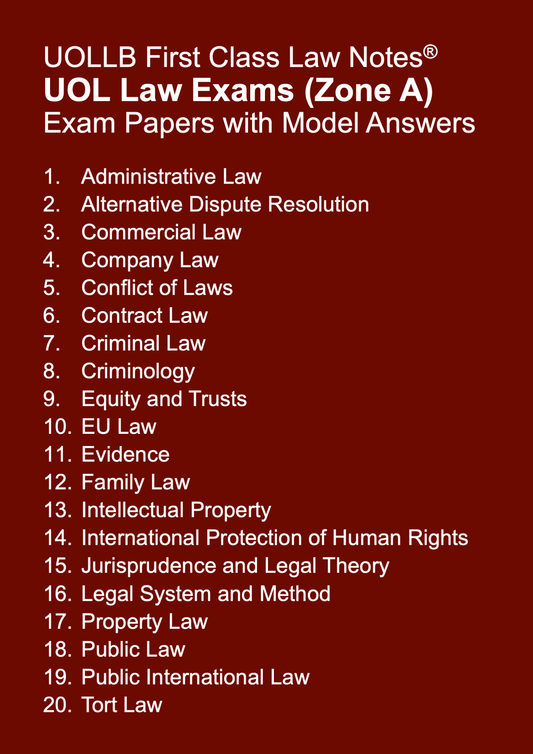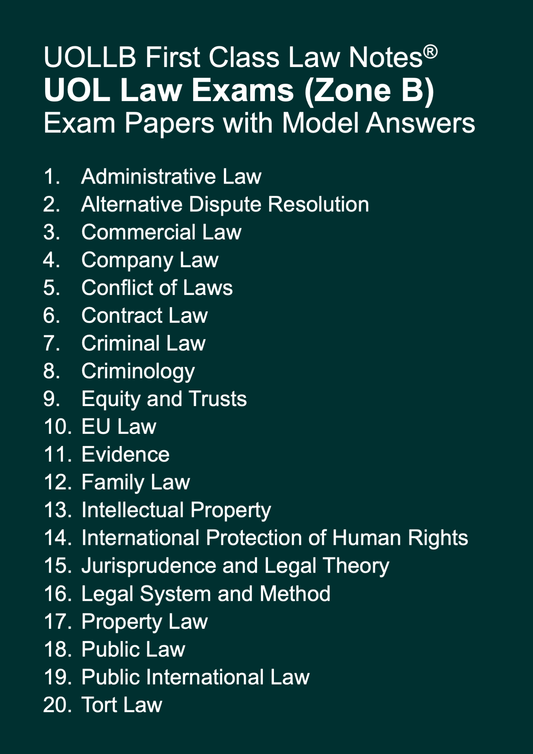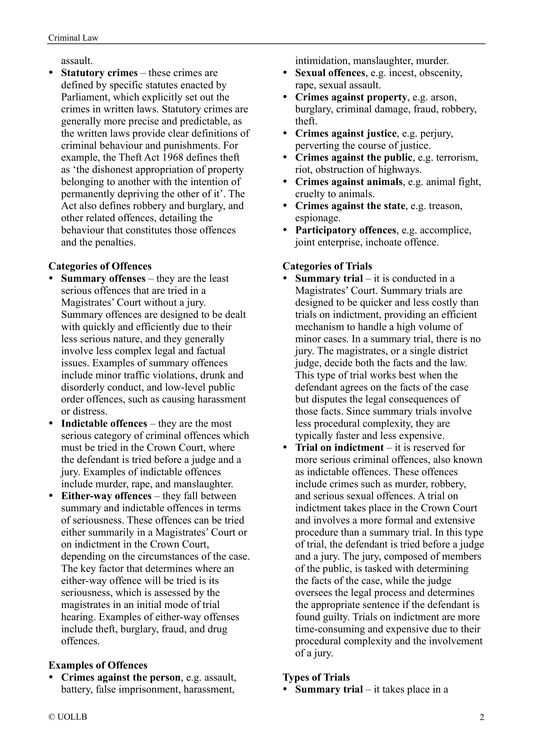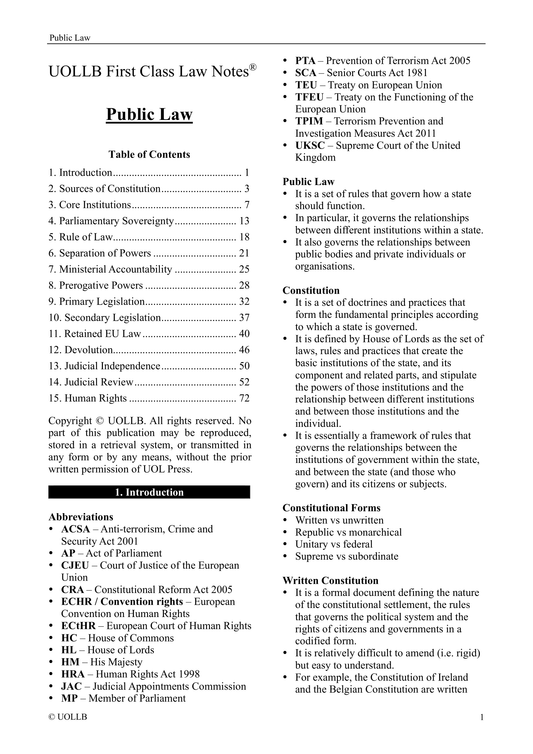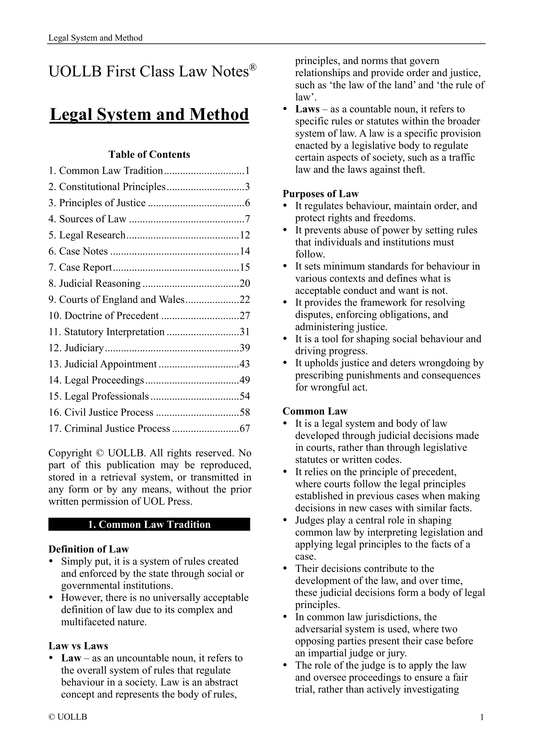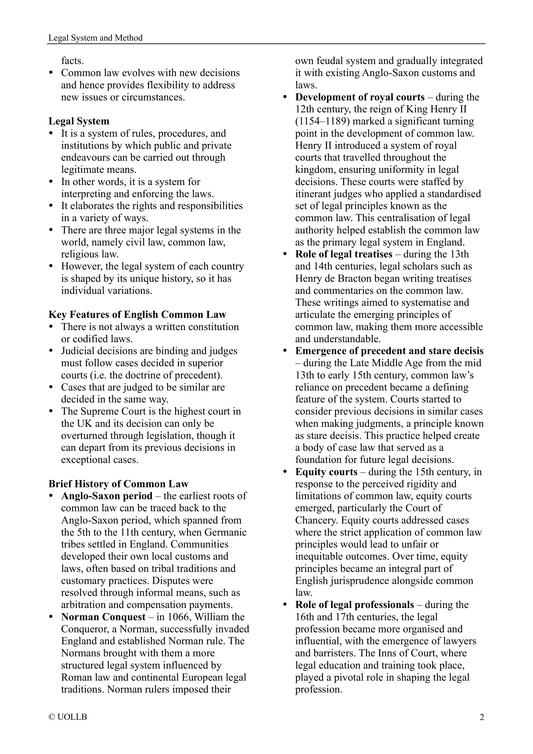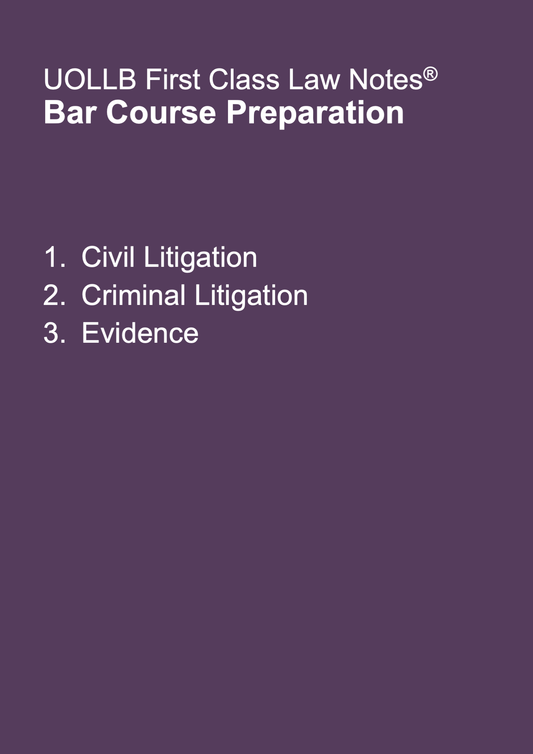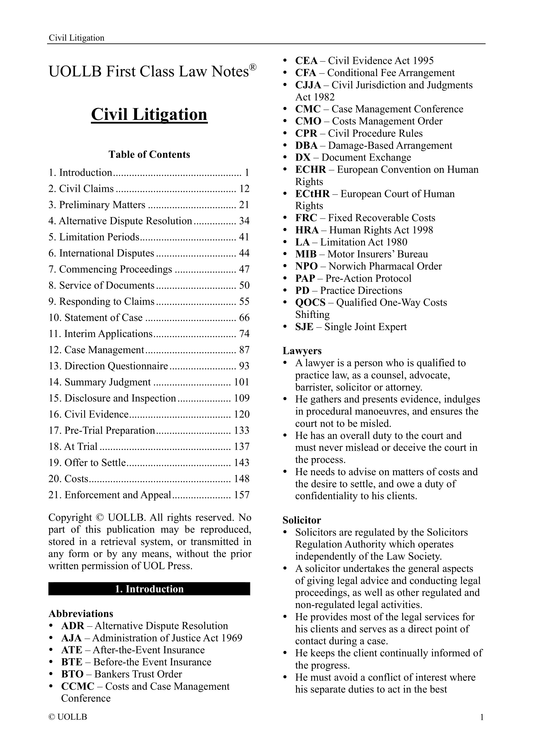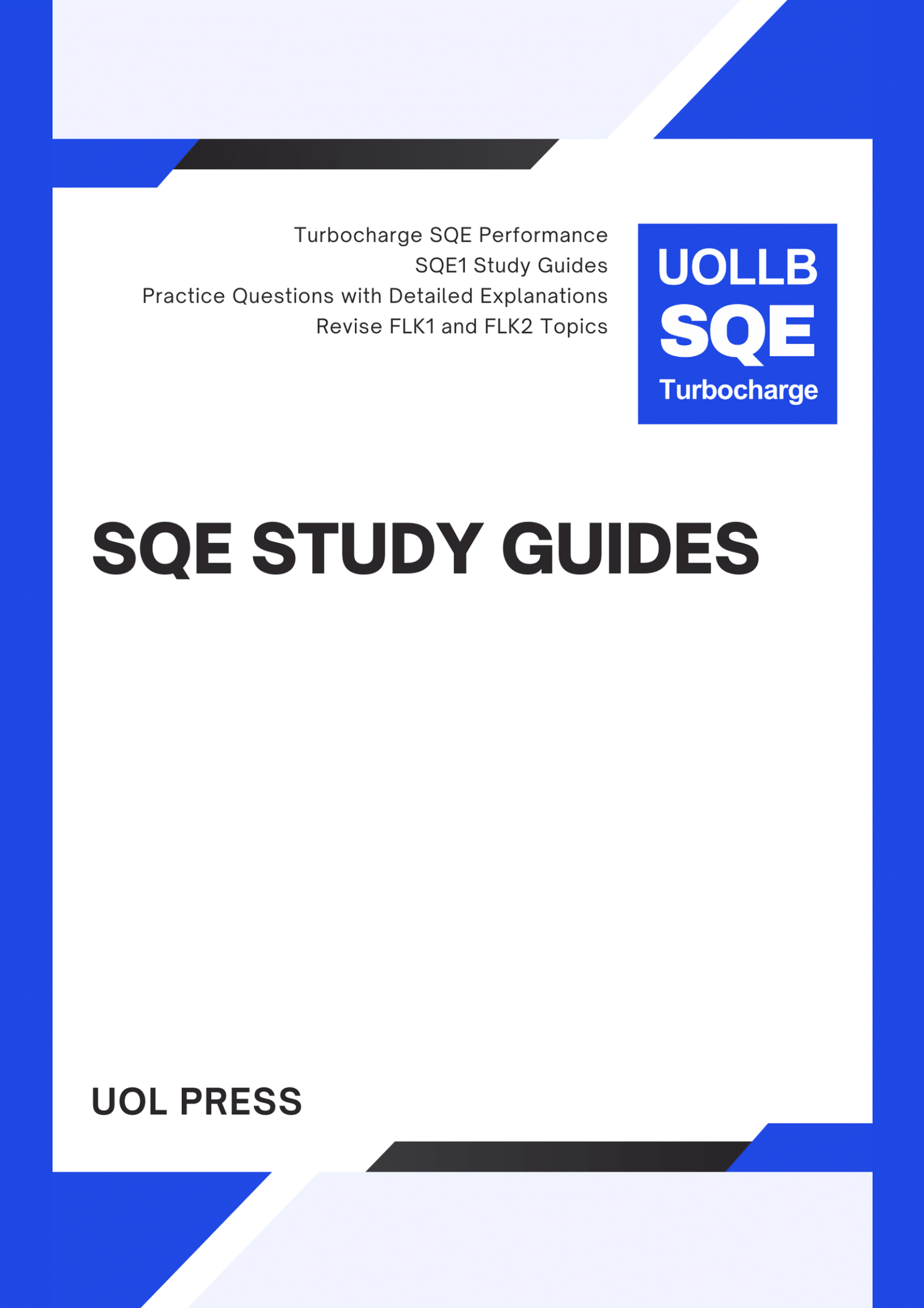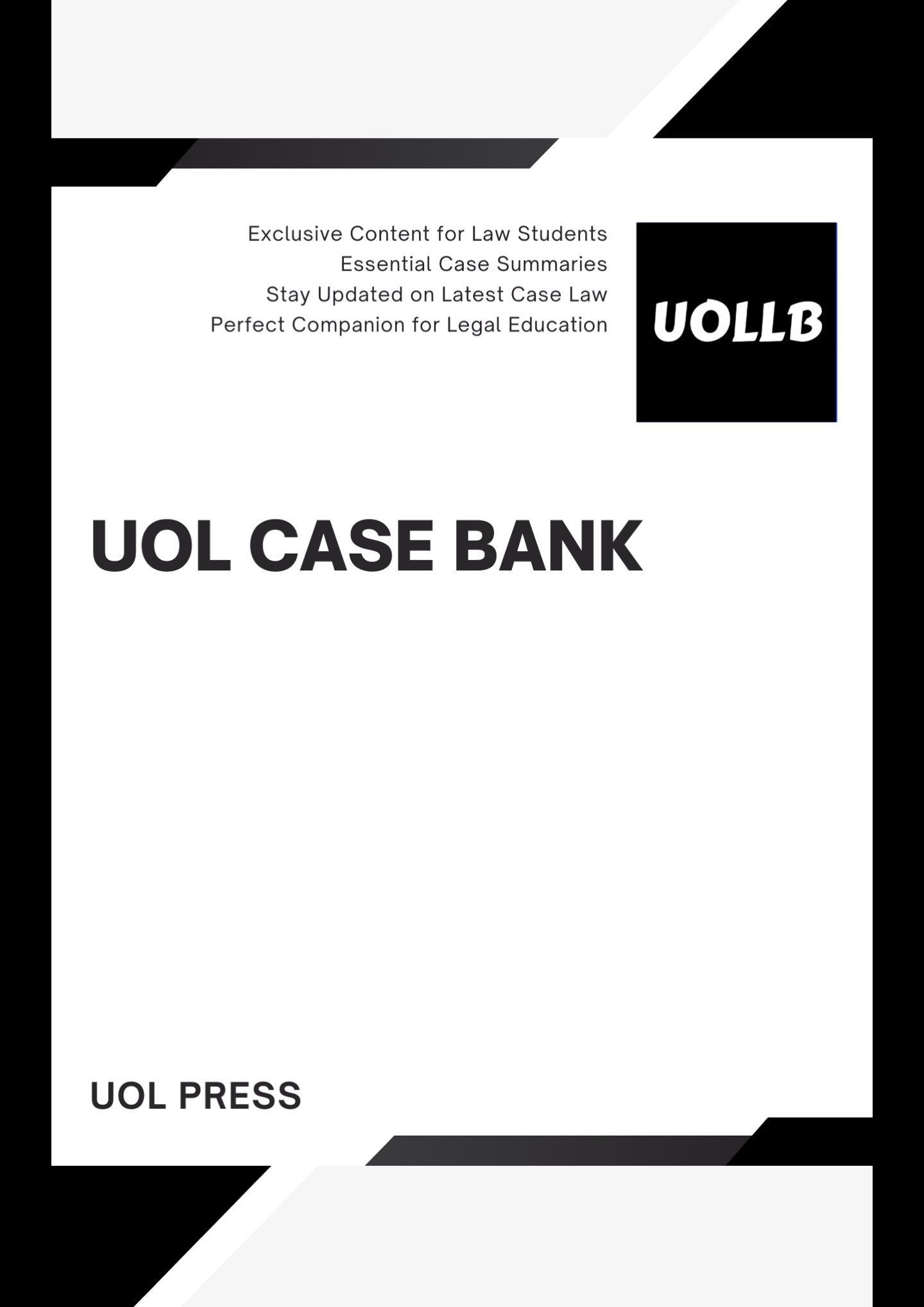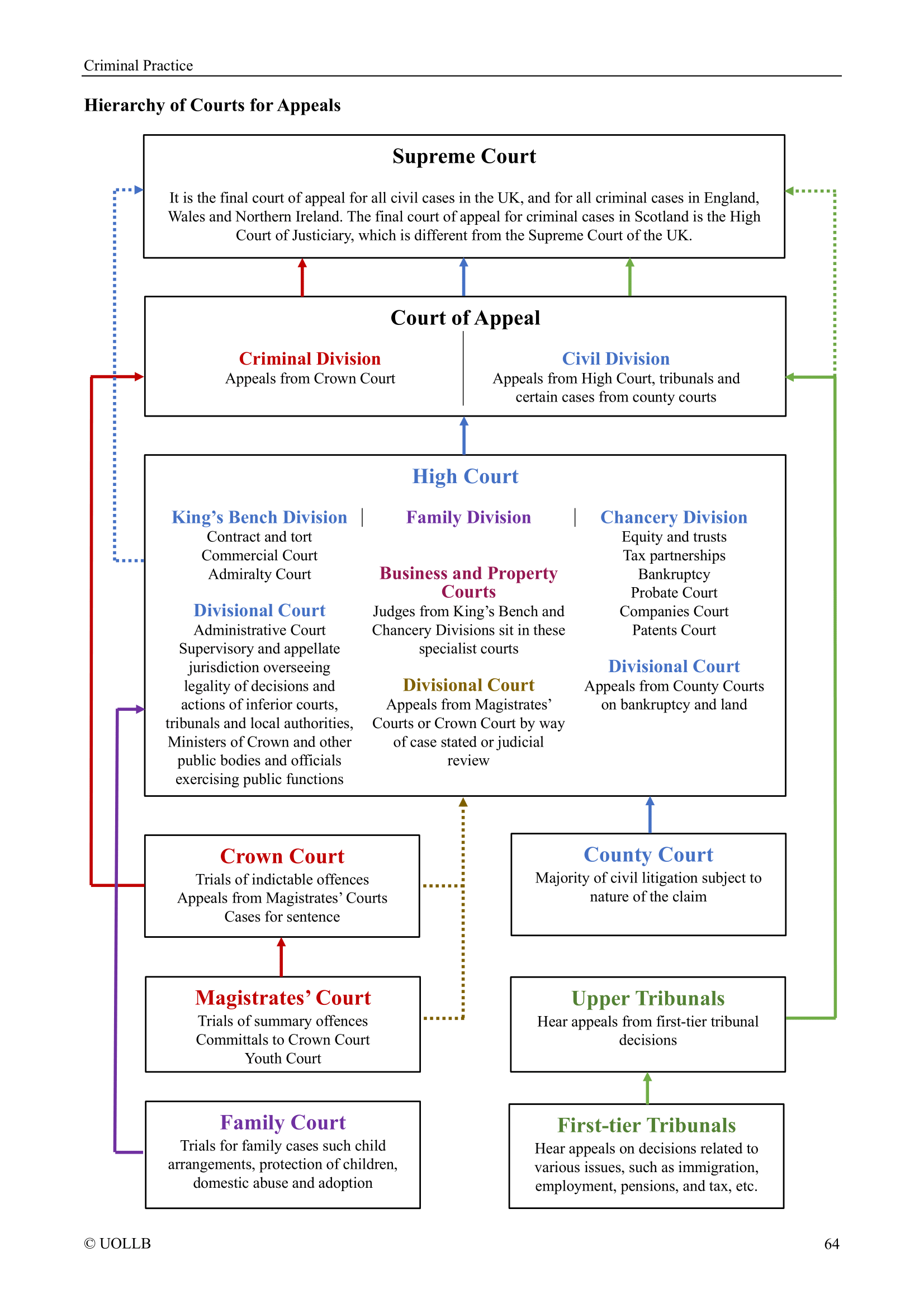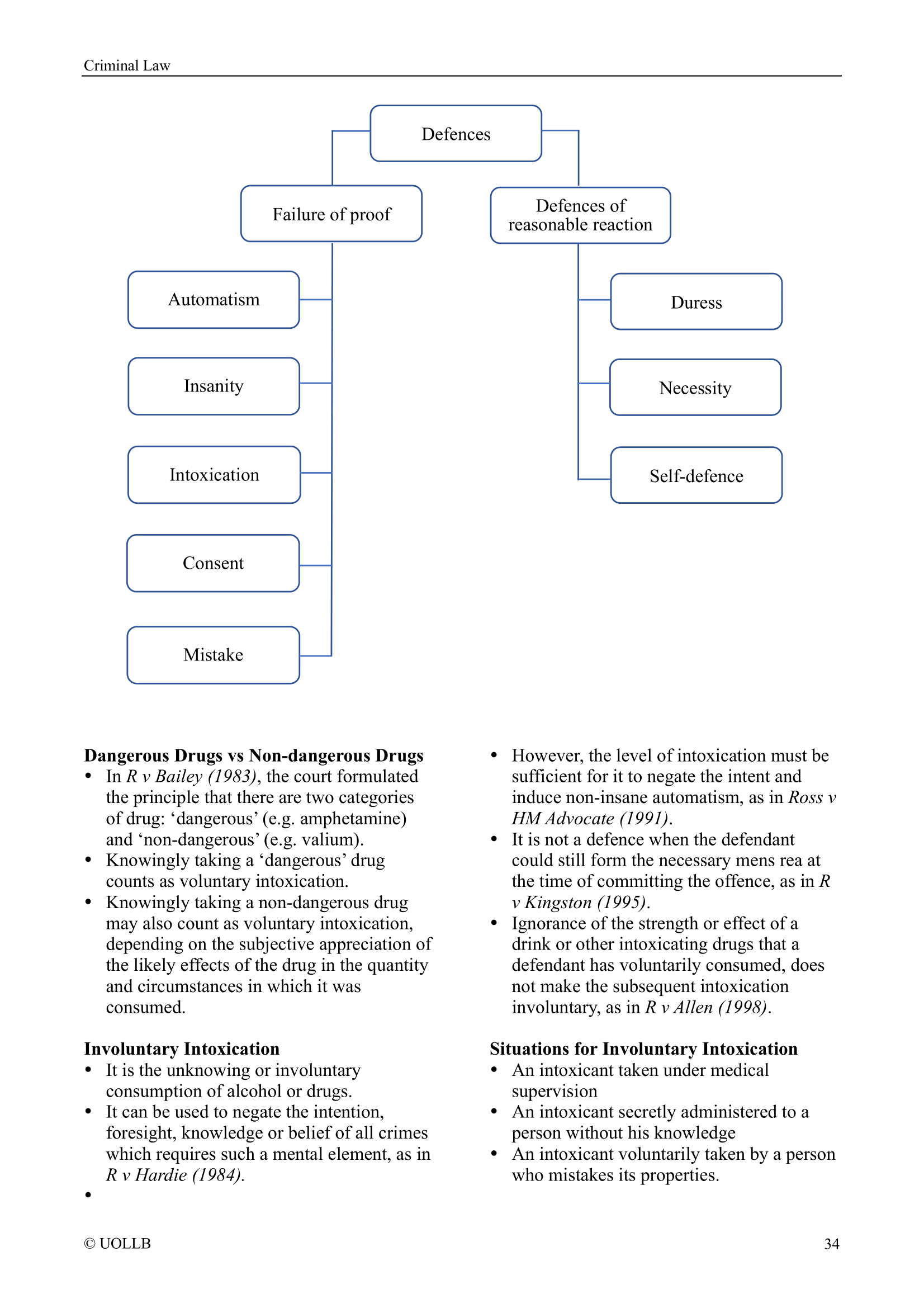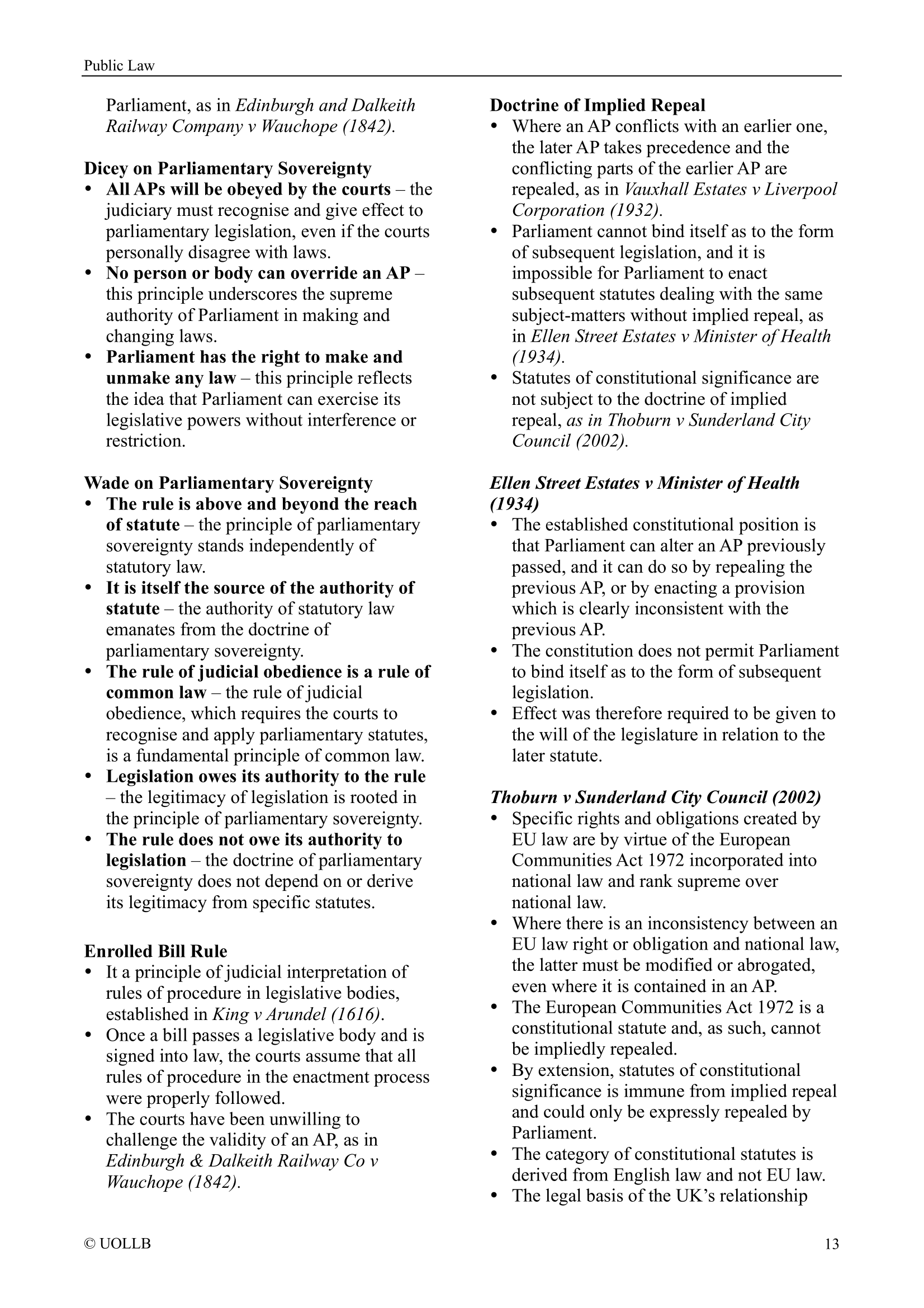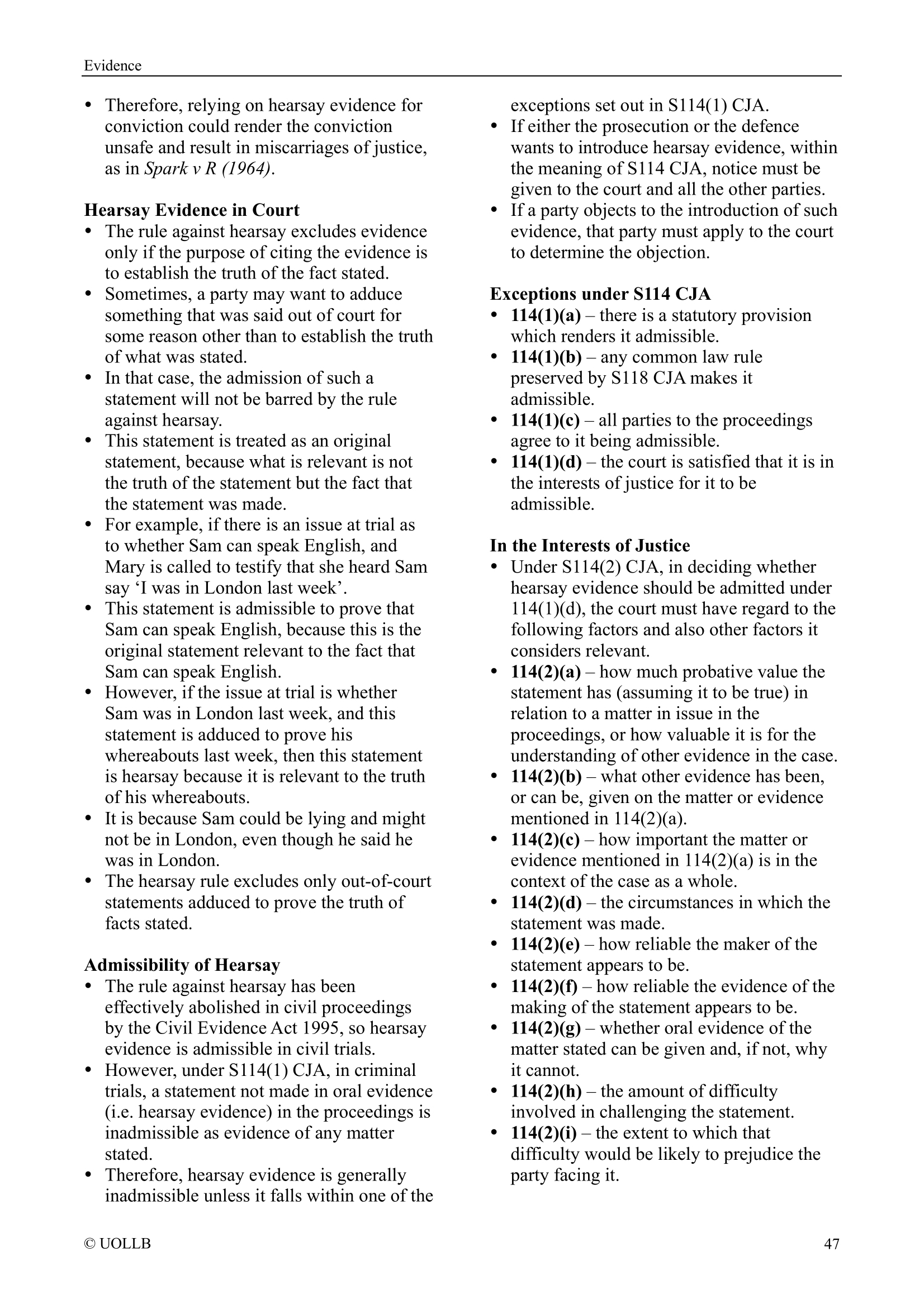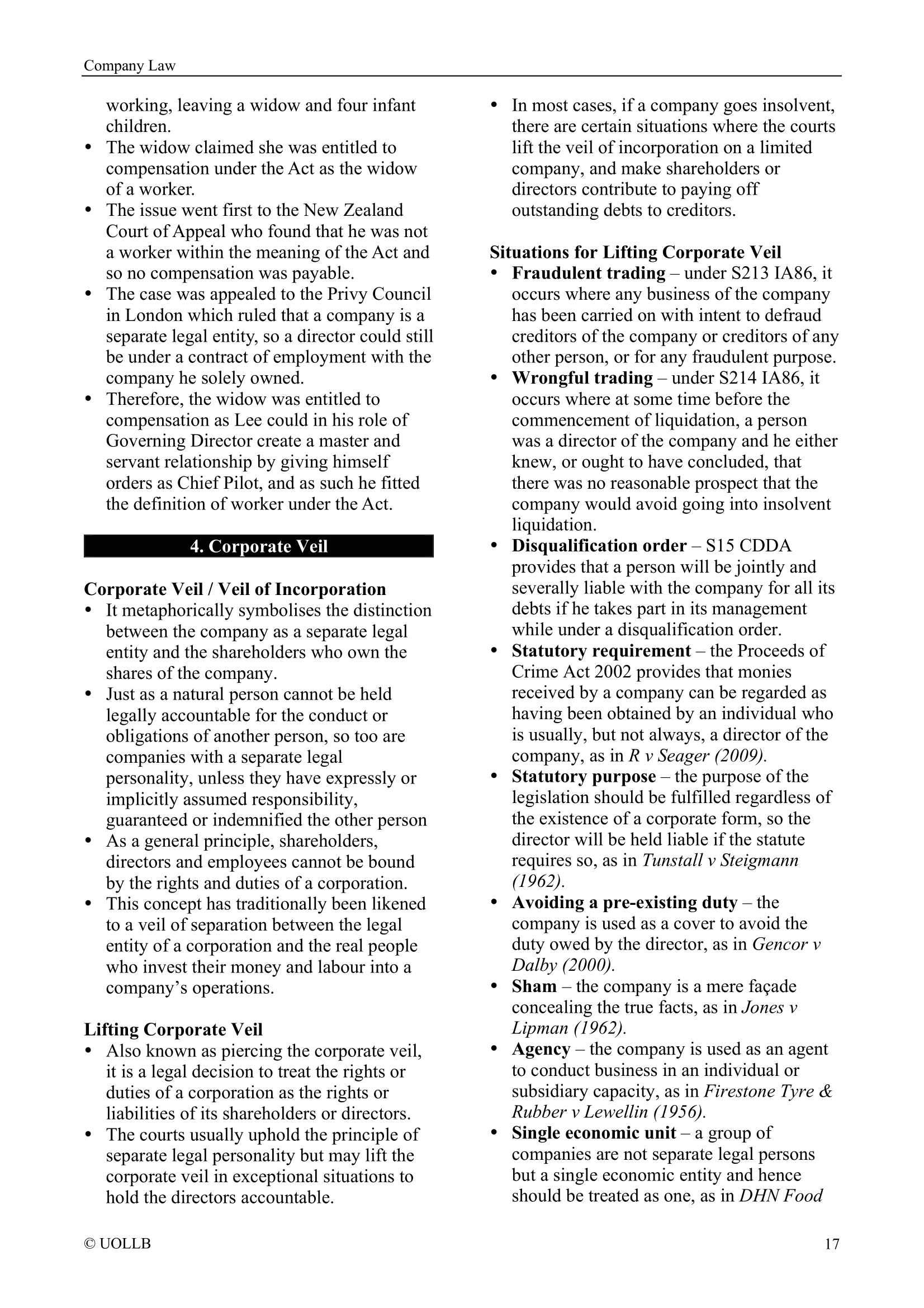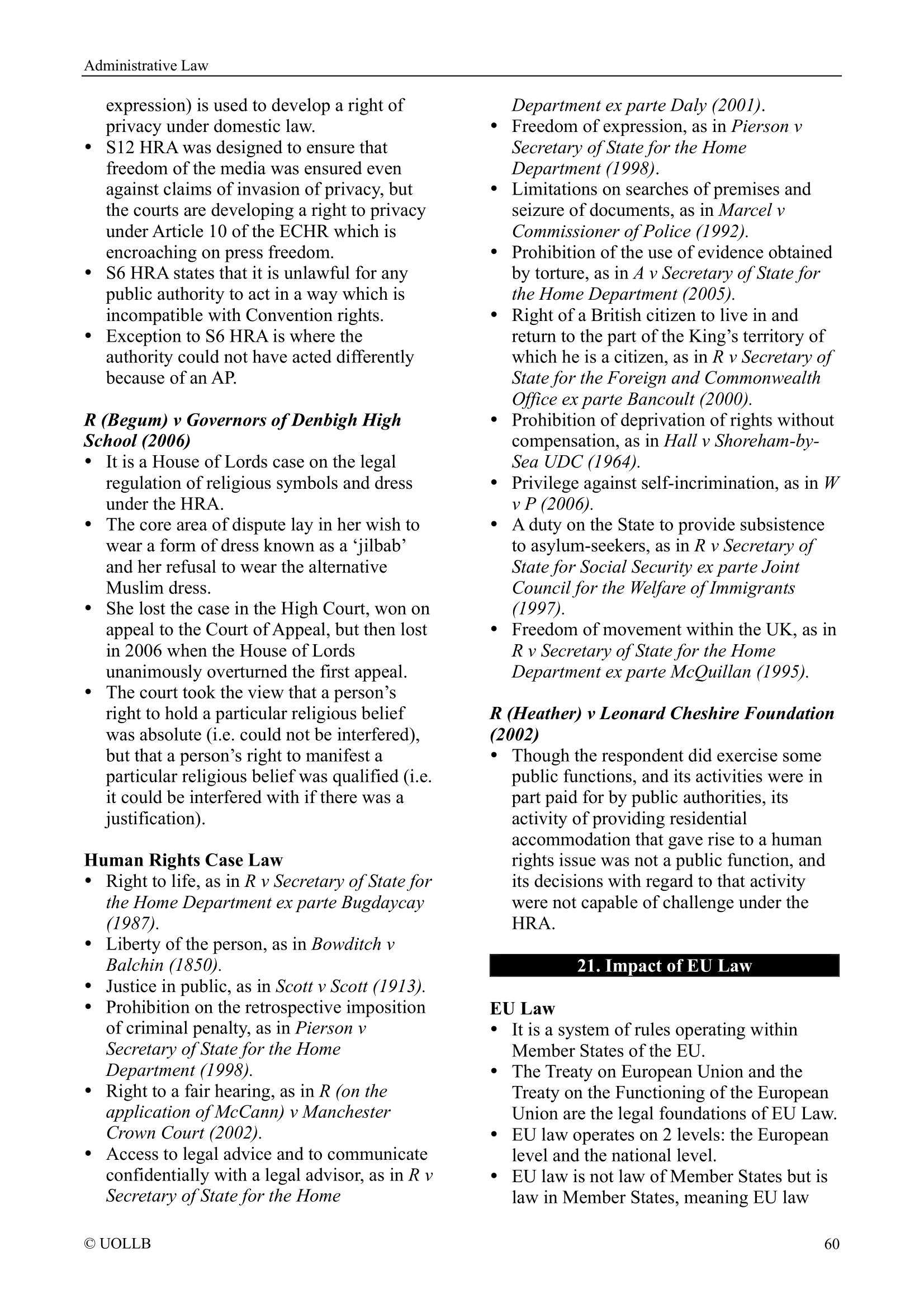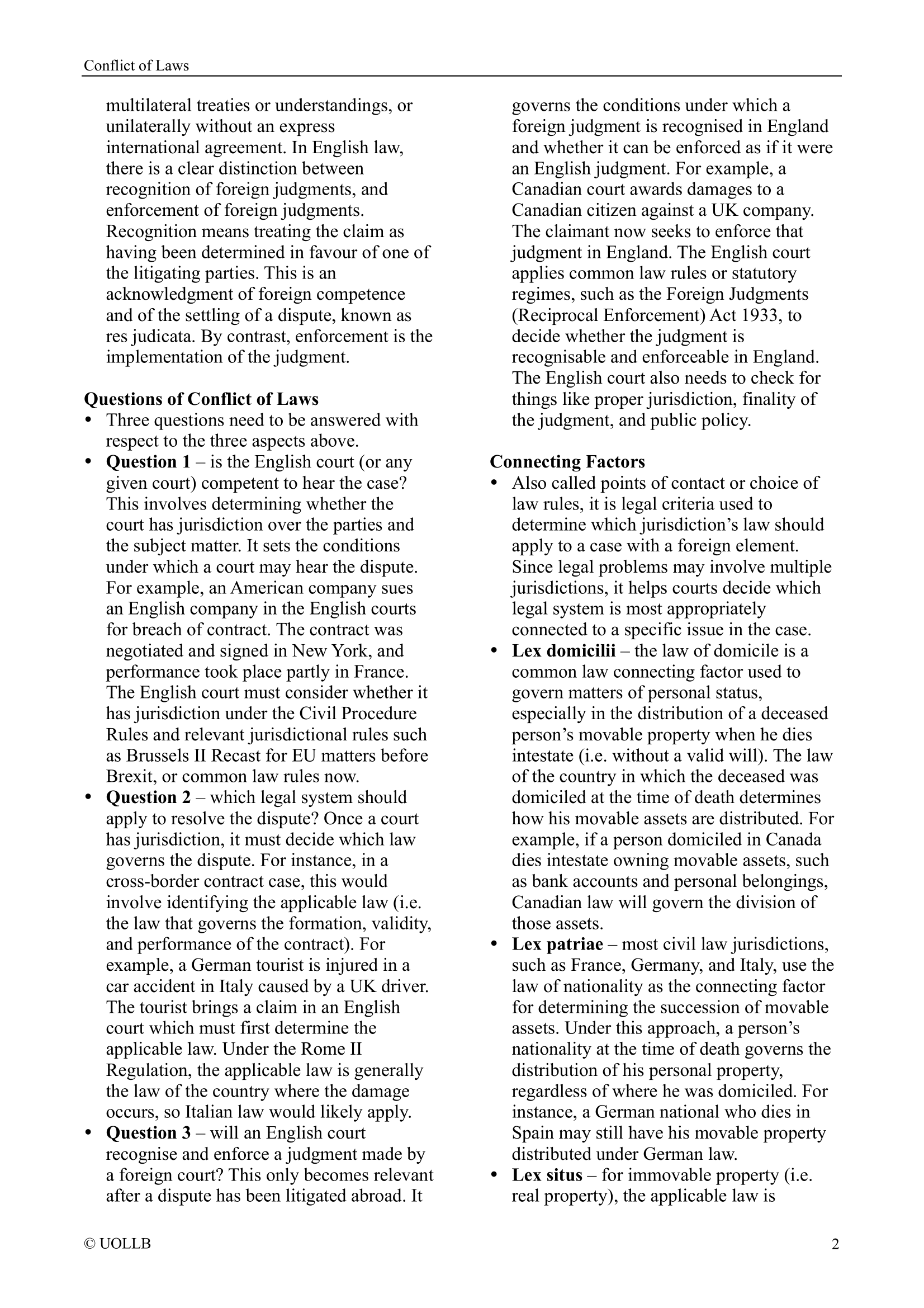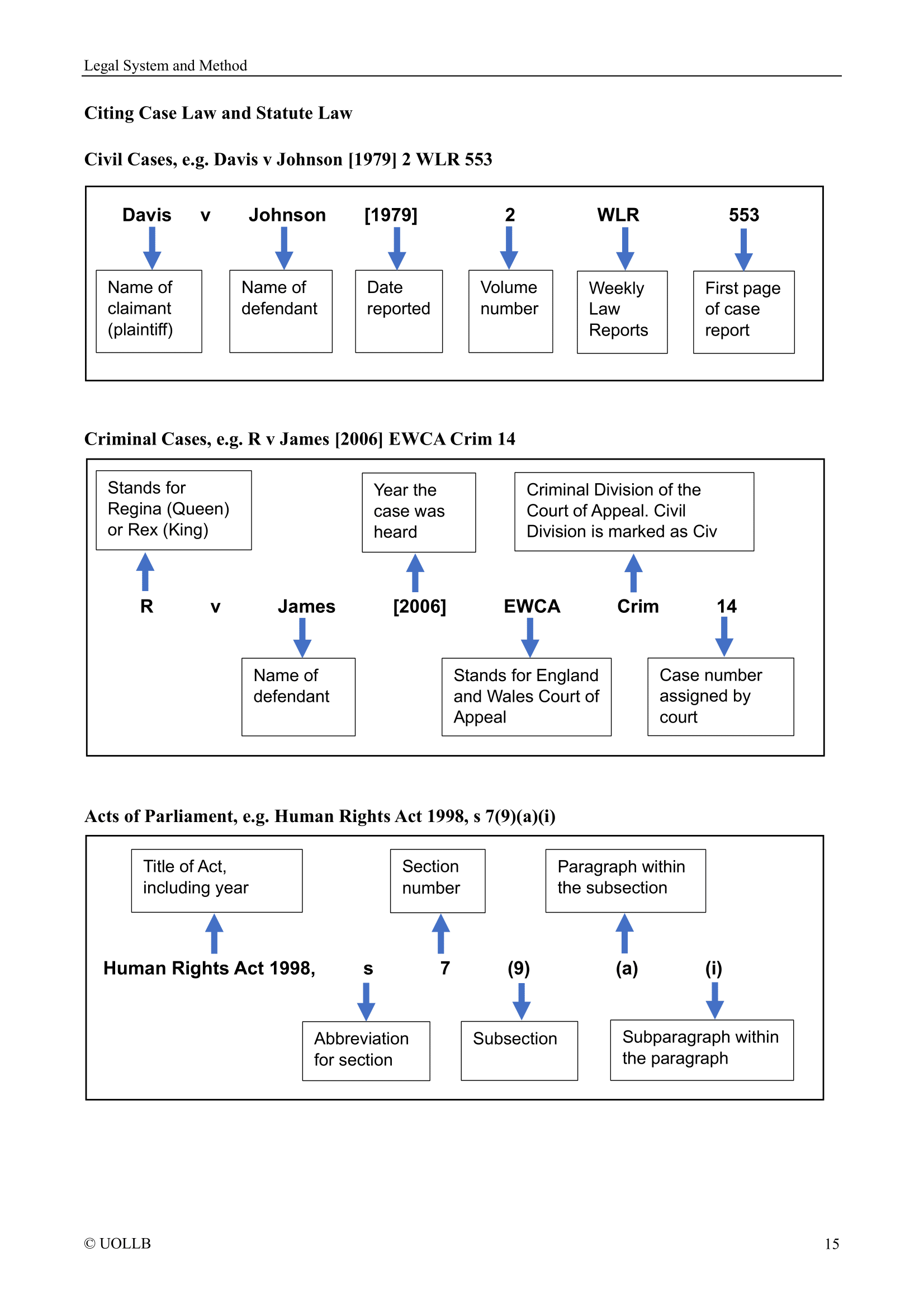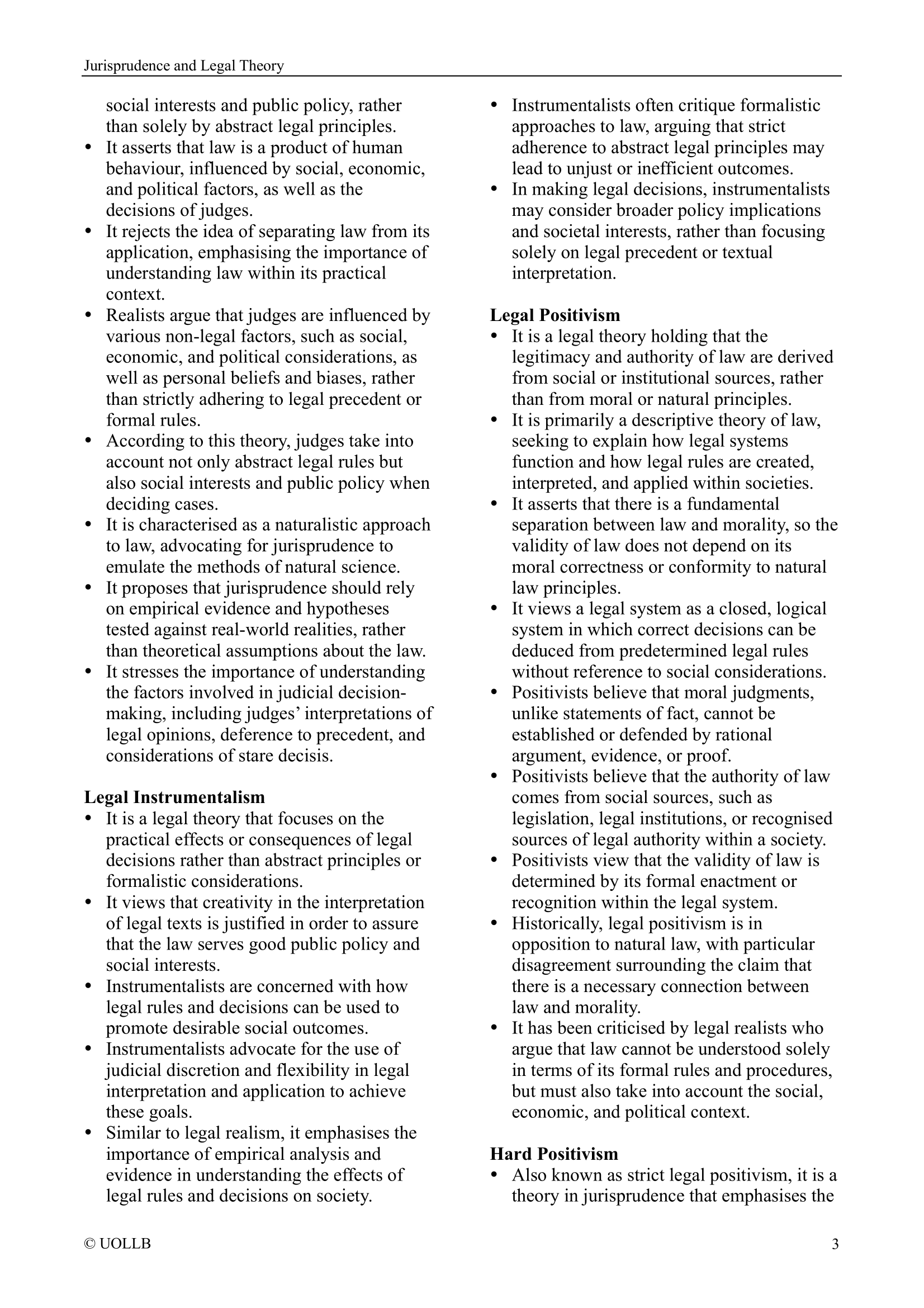Bank Recovery and Resolution Directive
Share
The Bank Recovery and Resolution Directive (BRRD) is a European Union directive that establishes a comprehensive framework for the recovery and resolution of banks and other financial institutions in the event of financial distress or failure. Its primary objective is to ensure the effective management of bank crises while minimising the impact on financial stability and protecting taxpayers.
Early intervention and recovery planning: The BRRD requires banks to develop recovery plans that outline measures to be taken in case of financial distress. These plans are designed to ensure the timely and effective implementation of recovery actions to restore the institution's financial viability and avoid the need for resolution.
Resolution authorities and powers: The BRRD establishes resolution authorities in each EU member state with the power to intervene and resolve failing banks. These authorities are responsible for taking actions necessary to safeguard the stability of the financial system and protect depositors and other critical functions.
Resolution tools: The BRRD provides a range of resolution tools that resolution authorities can use to address a failing bank. These tools include the power to transfer assets and liabilities to a bridge institution, bail-in powers to write down or convert eligible liabilities, and the ability to establish asset separation tools to segregate impaired assets.
Bail-in principle: The BRRD emphasises the use of the bail-in tool as a primary resolution measure. Bail-in involves imposing losses on shareholders and creditors of a failing institution, rather than relying on taxpayer-funded bailouts. This tool aims to ensure that the costs of bank failures are borne by the appropriate stakeholders rather than taxpayers.
Resolution fund: The BRRD establishes national resolution funds financed by contributions from financial institutions. These funds are used to support the costs of bank resolution, ensuring that the burden is shared among the industry rather than solely on taxpayers.
Cross-border cooperation: The BRRD promotes cross-border cooperation and coordination among resolution authorities. It establishes mechanisms for cooperation between authorities in different jurisdictions to facilitate the resolution of cross-border banking groups in an orderly manner.
The BRRD applies to all banks and certain investment firms within the EU. Its implementation is coordinated at both the EU and national levels, with each member state transposing the directive's provisions into their respective national legislation.
The BRRD aims to strengthen the resilience of the financial system, enhance market discipline, and reduce the likelihood and impact of bank failures. By establishing a comprehensive framework for recovery and resolution, it seeks to ensure that failing banks can be resolved in an orderly manner with minimal disruption to financial stability and the wider economy.
